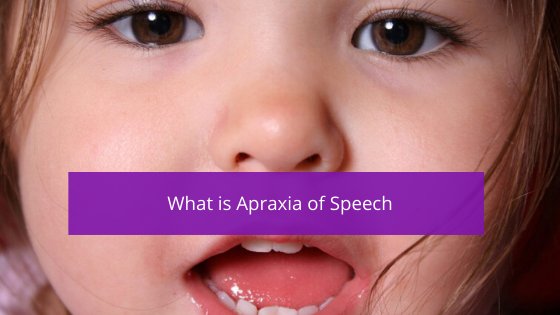
Apraxia, also called aphasia, is an abnormal motor skill
A person with apraxia has difficulty performing motions or tasks even though: – The command or request is known. They will then try to do the task as best they can, but often they fail.
Apraxics have no conscious control over their motor skills. They just use body movements that can be learned by most children, but not as well as adults.
Apraxics are born with poor motor skills. As they grow older, they suffer from apraxia. Aphasia can affect the way people carry themselves, move objects, dress themselves and speak. Apraxics may have a limited vocabulary and language, they might make unusual facial expressions or have poor eye-hand coordination. They have trouble doing all sorts of tasks.
The apraxic person may be unable to walk on his or her own. They cannot push themselves or pull themselves up, climb ladders, and push other people into stairs. They can sometimes hold their head up, but it is not very high enough to reach an object that they need to reach.
Apraxics have poor motor skills because they are unable to learn how to use those skills. They will have trouble learning how to use a hammer, or a screwdriver. They will have trouble sitting up straight and keeping their balance.
Apraxics are not normally as clumsy as many people think. They may appear clumsy, but if they are walking down the street, they have no trouble holding themselves and walking. When they are asked to stand still and look straight ahead, they don't. If someone tries to physically force them to do so, they are unable to do so. Because they have no control over their bodies, they have problems with balance.
Apraxics will not be able to read or write any sort of text on their own. They cannot write or read large amounts of letters and numbers. They will not be able to spell, sign or make simple math equations. Even though they can sometimes carry a small notebook or book around with them, they can only do basic handwriting. actions. They cannot drive a car, operate heavy machinery, or operate equipment that uses physical power.
Apraxics need to be taught to do all of these things and much more. There are treatments that will help apraxics learn how to do all of this. This includes speech therapy, occupational and physical therapy, and medications, as well as learning through the use of computers and devices.
Speech therapy is used to help apraxics to learn to speak. It works in a similar fashion to speaking. They learn to use words to form sentences and paragraphs, and to communicate.
Physical therapy is used to help the affected person learn how to move correctly. They learn how to get around without losing their balance or being uncoordinated. This helps to prevent serious injuries. These can range from a broken bone to spinal cord injury.
Physical therapy teaches the affected person how to use their hands and arms. It also teaches them how to use their legs and feet in order to perform everyday tasks. It is used to help improve their balance, coordination, and muscle strength.
Cognitive therapy is used to teach the affected person how to reason properly. This is important to helping them learn what to say and do in situations that are difficult. Apraxics do not think logically and can have trouble performing simple tasks.
Therapy helps them to use their minds to be more independent. It teaches them how to control their emotions and think before they act. This helps them to be more in control of themselves and the situation in which they are in.